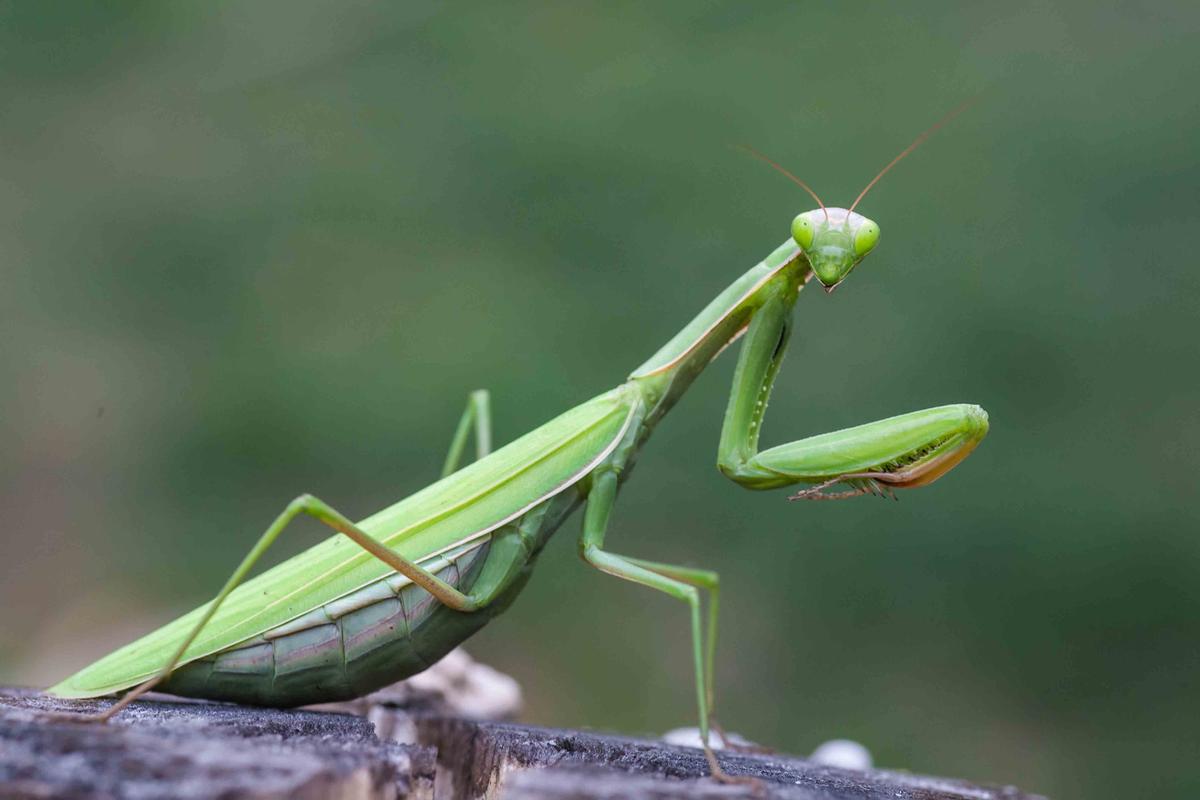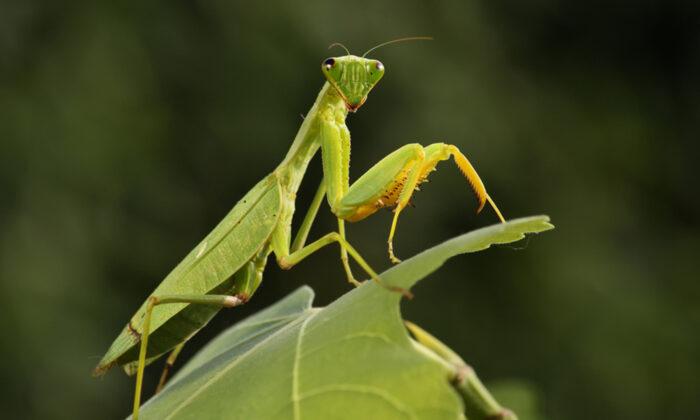News of the scary Asian giant hornet’s unwelcome introduction into Washington state has prompted swarms of netizens posting all kinds of social media memes. The fitting name “murder hornet” has been coined for the notorious flying insect.
Now, it seems the murder hornet has met its match.
A startling video being shared online depicts the moment an Asian giant hornet gets snatched into the claws of a praying mantis, which, as praying mantises do to their prey, proceeds to feast on the hornet’s head.
The Asian giant hornet made national headlines in May 2020 after being discovered in the United States for the very first time. The insect has been inciting trepidation ever since, earning its nefarious nickname due to the potency of its venomous sting, which can cause searing pain that lasts hours, though it isn’t enough to kill humans.
Then, like an insectoid ninja, the stealthy mantis suddenly lashes out as fast as lightning with its claws, grabbing hold of the hornet.
The captured insect struggles feebly, but it’s no use; the mantis was built for this, and it proceeds to devour the eye and then the brains of the wriggling hornet (which soon stops wriggling) like one of us humans would a chocolate bar.
Though the Asian giant hornet poses little threat to humans, there is a danger with already vulnerable honeybee populations; and the clip garnered a flood of responses in favor of the mantis, praising its expert hunting skills and lack of mercy.
The irony is that the invasive insect’s own ruthless hunting techniques involve killing entire honeybee hives by decapitating the honeybees and carrying their larva away to feed their young. Just a few Asian giant hornets can wipe out thousands of honeybees.
Native to Asia, they are the world’s largest hornet, growing up to two inches in length. Multiple hornets stinging have the capacity to kill a human; to date, the insect is responsible for killing 50 people in Japan.
Meanwhile, roughly 20 species of praying mantis are native to the United States. The extraordinary-looking insect, an invertebrate about the height of a teacup, always eats live food and sometimes practices cannibalism but is harmless to humans.

An expert stalker with lightning-fast reflexes, the insect uses its spiked front legs to secure its prey. The female mantis is also known to decapitate and consume the male partner during mating.





Friends Read Free